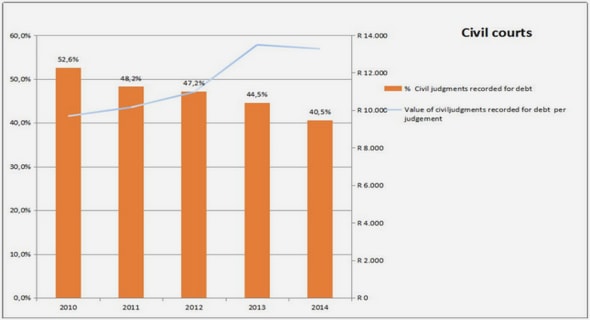(Downloads - 0)
For more info about our services contact : help@bestpfe.com
Table of contents
1 Review of geometric tolerancing approaches
1.1 Tolerancing model
1.1.1 Physical model
1.1.2 Geometric model
1.1.3 Variation model
1.1.4 Assembly behaviour model
1.2 Computation strategy
1.2.1 Estimation of limits
1.2.2 Solution direction
1.3 Positioning this thesis in the geometric tolerancing map
1.4 Conclusions
2 Geometric tolerancing with 6D polytopes
2.1 Combinatorial geometry
2.2 Modelling sets of constraints with 6D polyhedra
2.3 Modelling stack-up of deviations by operations with polytopes
2.3.1 Modelling parallel architectures – intersections
2.3.2 Modelling serial architectures – Minkowski sums
2.3.3 Checking requirements satisfaction: inclusion test
2.4 Truncation algorithm
2.4.1 Computing intersections and sums
2.4.2 PolitoCAT and politopix software tools
2.5 Polytopes and cap half-spaces
2.6 Case study: solution by caps-based method
2.6.1 Operands and operations definition
2.6.2 Simulation run
2.6.3 Analysis of results
2.7 Conclusions
3 Controlling the effects of DOF propagation
3.1 Cap half-space definition
3.2 Tracing caps: Minkowski sums
3.2.1 Decomposition theorem
3.2.2 Caps propagation theorem
3.2.3 Algorithm: tracing caps in sums
3.2.4 Caps removal
3.2.5 Operands commutativity in sums with caps removal
3.2.6 Algorithm: sum with caps removal
3.3 Tracing caps: intersections
3.4 Tracing caps: inclusion test
3.5 Case study: solution by caps removal method
3.5.1 Caps removal
3.5.2 Influence of summation order
3.6 Conclusions
4 Kinematic decomposition of geometric constraints
4.1 Kinematic and tolerance analysis
4.1.1 Theory of displacement subgroups
4.1.2 Theory of screws
4.2 Prismatic polyhedra
4.2.1 Definition and properties
4.2.2 Polyhedra decomposition in geometric tolerancing
4.3 Sum of prismatic polyhedra
4.3.1 Summing the underlying polytopes of two prismatic polyhedra
4.3.2 Sum of projections of decomposed polyhedra
4.3.3 Algorithm: projection-based sum
4.4 Simulation feasibility test
4.5 Prismatic polyhedra and ISO standards compatibility
4.5.1 Not fully constrained tolerance zones
4.5.2 Datum features
4.6 Case study: solution by projection-based method
4.6.1 Kinematic analysis and feasibility test
4.6.2 Simulation run
4.6.3 Analysis of results
4.7 Conclusions
Bibliography



